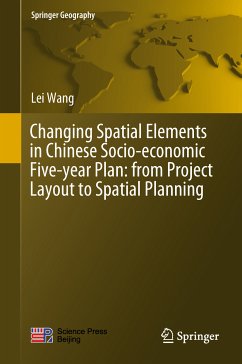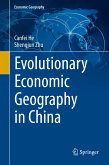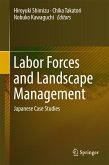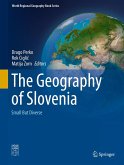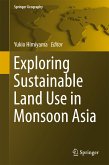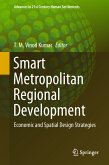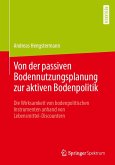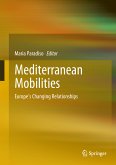As a legacy of the socialist state with central planning, Five-Year Planning (FYP) is very important in regulating socio-economic and spatial development even in post-reform China. This book tries to fill the research gap between examining the role of FYP and how spatial elements in the FYP mechanism have operated and transformed in spatial regulatory practices in transitional China. By building a conceptual framework and studying two empirical cases at different spatial scales, with the help of both qualitative and quantitative methods, it helps to understand various stakeholders, institutions and planning administrations, mechanisms of articulating spatial planning into the FYP system and the effectiveness of spatial planning in solving place-specific governance issues in urban and regional China.
Dieser Download kann aus rechtlichen Gründen nur mit Rechnungsadresse in A, B, BG, CY, CZ, D, DK, EW, E, FIN, F, GR, HR, H, IRL, I, LT, L, LR, M, NL, PL, P, R, S, SLO, SK ausgeliefert werden.

